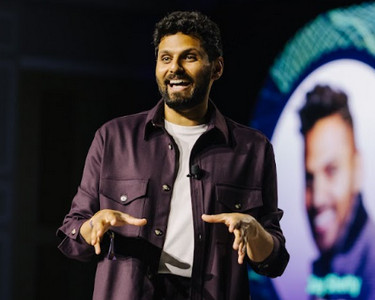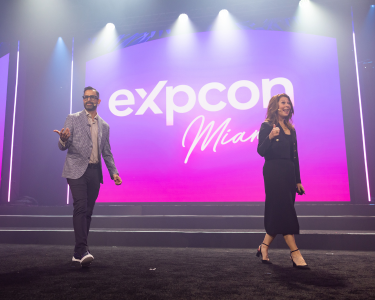Former monk Jay Shetty, the No. 1 New York Times bestselling author of “Think Like a Monk” and host of the No. 1 health and wellness podcast “On Purpose,” led an interactive keynote during the second day of the 2022 eXp Shareholder Summit, being held in Orlando.
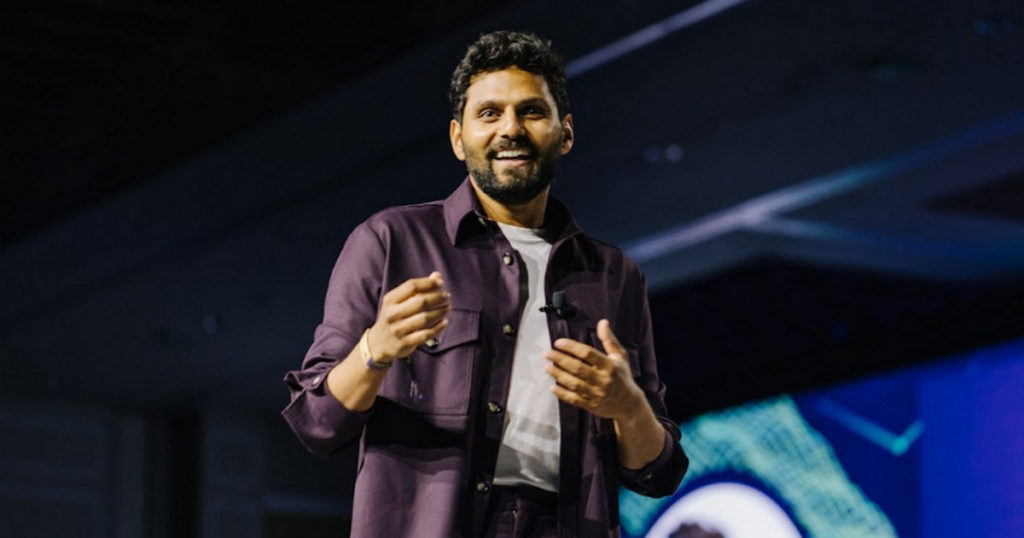
An AdWeek 2019 Young Influential, Shetty has made wisdom go viral with more than 10 billion views and a Genius Community that provides workshops on health and wellness to thousands of members in more than 100 countries. He is also the co-founder of Sama Tea and the Chief Purpose Officer at Calm.
He opened the discussion by telling the crowd how inspired he has been by the forward-thinking mindset at the 2022 eXp Shareholder Summit.
“It’s been phenomenal to hear you talk about new opportunities, new possibilities and the limitless potential that exists within this world and this industry right now,” Jay said. “And I’m going to talk to you today about why connected thinkers will rule the future, why people like you will rule the future of your industry and many other industries and how that’s possible.”
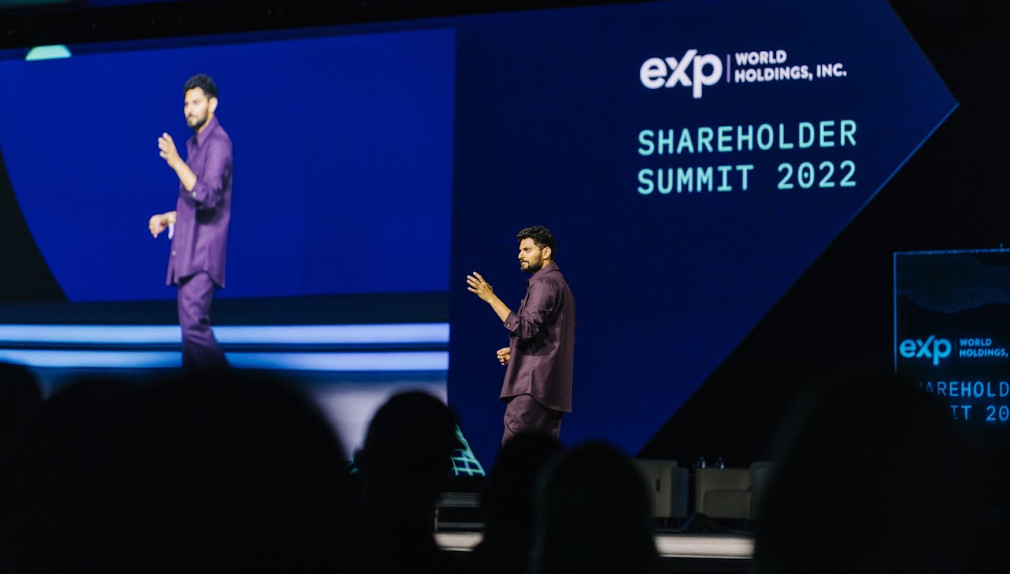
He brought up how most people tend to discount new ideas. For example, phones, cars and computers were all criticized by disconnected thinkers when they first launched.
“Most people, when someone comes across something new, when someone comes across something fresh, when someone comes across something powerful and different, everyone writes it off because it’s scary, it’s uncertain, we can’t see that far ahead,” Jay said. “…Humans have not been great at predicting what will work when it comes to human innovation.”
Here Are Some Other Takeaways:
Why mindset should evolve: Jay brought up a story from the Buddha about a person who encountered many obstacles. When the person encountered a river, they built a raft to cross the river. They credited the raft with saving their life, so they continue to carry the raft. But when they reach a tall forest, they must decide whether to continue holding onto the raft and struggle to get through the forest or put the raft down and walk through freely.
“We have rafts that worked before, we have mindsets that worked before, like that raft. And we’re carrying it around with us, and then we come across a tall wooded forest and then we get stuck. And we’re trying to drag that same mindset through the forest, not realizing that there’s a completely different mindset required at this time.”
Why creativity requires a variety of personalities: In a fun exercise, Jay divided the audience by four personality traits – outgoing vs. reserved and people-oriented vs. task-oriented. He explained how each personality combination brought unique strengths.
“The key part of creativity is the collaboration and the synergy between our different skills. There’s a beautiful statement by Albert Einstein where he said that everyone’s a genius, but if you judge a fish by its ability to climb a tree, it will spend its whole life believing that it’s stupid. The point is when you’re trying to be something that you’re not, you’re giving up the gift and the potential and the opportunity that only you can create.”
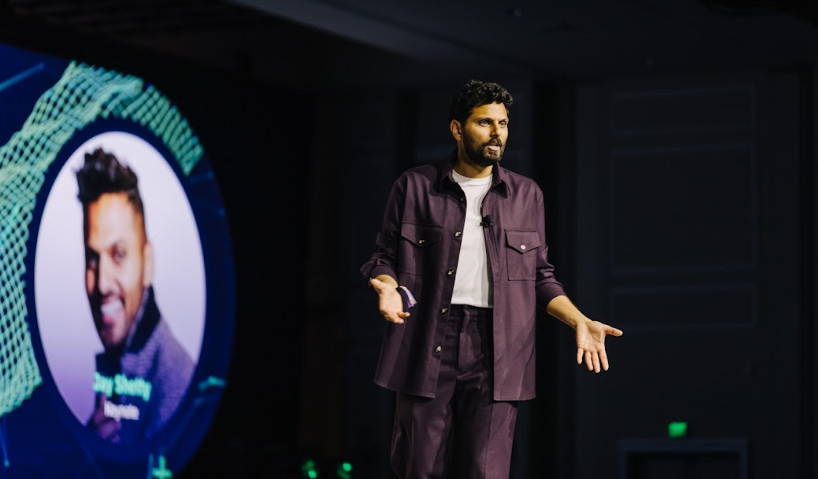
On other people’s opinions: “We want people to view us differently more than doing the right thing. We want to be viewed as innovative more than making time to be innovative. What I’ve found over and over again, is that smart people aren’t wasting time trying to figure out their perception or how they’re viewed. They’re trying to figure out how they can still create impact.”
Glenn Sanford, Founder, Chairman and CEO of eXp World Holdings, also led a question-and-answer session with the hashtag #askjayshetty:
How does intention impact disconnected thinking?
“Intention is the root of any action, and most of the time as we get into a state of autopilot, we don’t have any intention. So often we don’t even know what our intention is, because we’ve got into this rhythm and this pattern and this autopilot default mode and so what ends up happening is that most of our results, most of our opportunities, are simply based on a repeated cycle that isn’t generating anything new. And so intention actually disrupts that pattern and says why have I been doing this this way for so long?”

Sometimes people think of financial goals as being an intention. What would you consider to be a well-structured intention?
Jay brought up a story about how to be mindful and be an archer. The student keeps missing, and the teacher says, ‘What’s your goal?’ The student says, ‘To hit the bulls-eye.’ The teacher says, ‘That’s your target. Your goal is to be so still that you can hit the target.’
“That’s what we get misconstrued between goals, targets and intention. Your intention is the input and the energy you bring to that moment. We get so obsessed over the target, which you can’t control. There are only two areas you can control, which is your intention and your goal.”
How do you avoid procrastination?
“I have a rule about procrastination that hopefully simplifies it, and it’s be impatient about the small stuff and be patient about the big things.”


